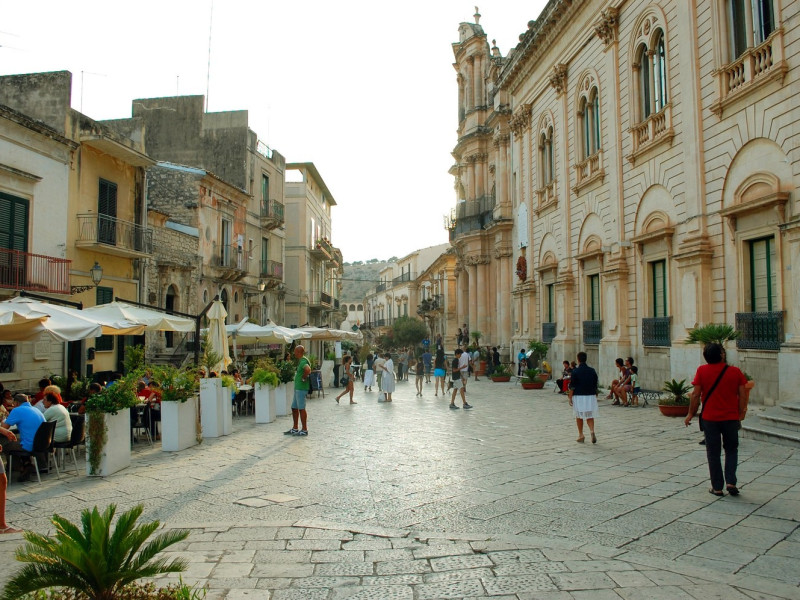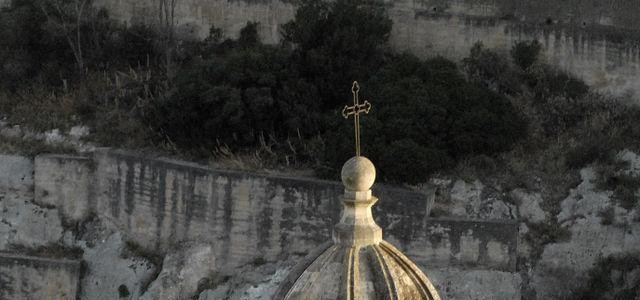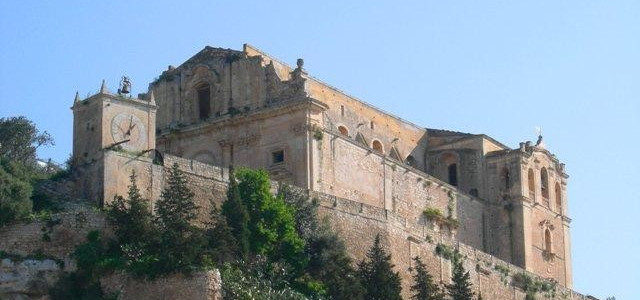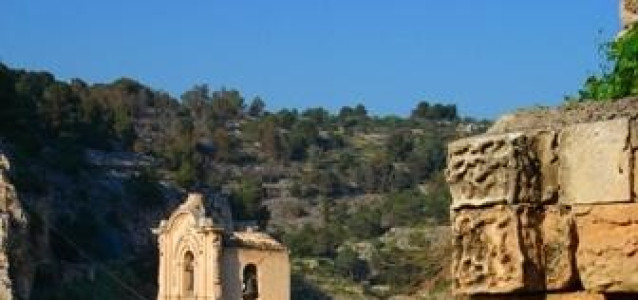Scicli
Scicli is a city in the Province of Ragusa in the south east of Sicily, Italy. It is 25 kilometres (16 mi) from Ragusa, and 308 kilometres (191 mi) from Palermo. Alongside seven other cities in the Val di Noto, it has been listed as one of UNESCO's World Heritage Sites. History Settlements of the area of Scicli dates back to the Copper and Early Bronze Ages (3rd millennium BC to the 15th century BC). Scicli was founded by the Sicels (whence probably the name) around 300 BCE. In the Middle Ages, like all of Sicily, Scicli was ruled by the Arabs, under whom it lived a flourishing period as agricultural and trade center, and then, after its conquest by Roger I of Hauteville in 1091, by the Normans. Scicli was one of the garrison which rebelled against the Angevine domination in the Sicilian Vespers (April 5, 1282). Following the various dynasties ruling the Kingdom of Sicily, it was an Aragonese-Spanish possession before being united in the Kingdom of Italy in the mid nineteenth century. Following a catastrophic earthquake in 1693, much of the town was rebuilt in the Sicilian baroque style, which today gives the town the elegant appearance which draws many tourists to visit it. Main sights Church of San Matteo, which was the local Mother Church until 1874. It is located on the eponymous hill in the Old City. The church of Santa Marìa la Nova, with a huge Neoclassicist façade. The interior houses a cypresse-wood statue of Madonna della Pietà, probably of Byzantine origin. The Mother Church of St. Ignatz, housing the highly venerated image of Madonna dei Milìci (see Culture section). The scenographic St. Bartholomew, in Baroque style. Palazzo Fava, one of the first and largest Baroque palaces in the town. Notable are the late-Baroque decorations of the portal and the balconies, especially the one on the Via San Bartolomeo. The Town Hall, the Palazzo Spadaro and the Palazzo Beneventano, all boasting Baroque decorations. Culture The city is also frequently used as a film set, most recently for Marco Bellocchio's Il regista dei matrimoni and is popular in Italy as the home of Il Commissario Montalbano, the popular television series broadcast by RAI. The city is also notable for its religious parades which includes "Presepe" (nativity scenes) enacted in the caves surrounding the city at Christmas time. These caves, known as the Chiarafura caves, were dug out in the tuff cliffs, and some were inhabited by the local poor as recently as 1958. At Easter, the city celebrates with the "Uomo Vivo" parade which involves a long religious procession through the city. A decorated horse parade takes place in March, from Scicli to the neighbouring town of Donnalucata. The most spectacular religious festival, the A Maronna i Milici occurs in May, commemorating the appearance of the Madonna on a white horse holding aloft a sword. This encouraged the Christian Normans to defeat the Saracens in 1091. The economy of the city is mostly agricultural, and the area is renowned for its many greenhouses producing the primizie ("early fruits") that are exported all over Italy. The city plays host to an annual road running race, Memorial Peppe Greco, which traces its route through the city centre. References External links (English) Scili Information Cartoon map of Scicli





